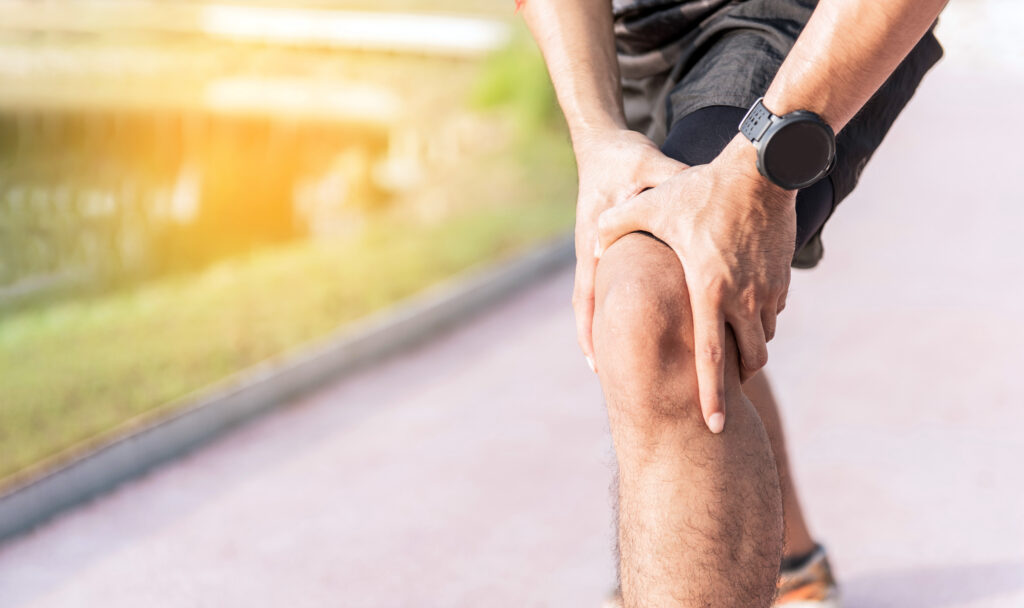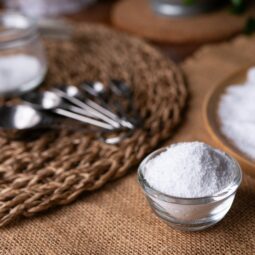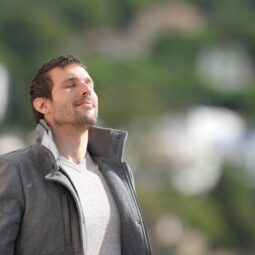By Robert Sandmeier, M.D., orthopedics and sports medicine

One minute, you’re having a great day in the sport that you love. The next minute, you plant your foot, make a quick direction change, and pop — there goes your knee. Pain and swelling follow, putting you out of the game and into our office for an evaluation.
The anterior cruciate ligament (ACL), right in the middle of the knee, helps hold the bones of your knee together and is crucial for knee stability. Tearing this ligament is one of the most common knee injuries.
In our office, we can usually tell just from your story and physical examination if that’s what’s going on, but an MRI will confirm it.
Treating a torn ACL
After some rest to reduce the swelling, physical therapy is usually the first step toward recovery, whether you plan to have surgery or not. Physical therapy doesn’t repair the ACL — the torn ligament can’t reattach itself and is quickly reabsorbed by the body. But it does help most people feel much better and regain their range of motion in the knee, which is important before surgery.
Here are some examples of the types of exercises recommended after ACL injuries; your medical team will tailor a program specific to your level of injury.
After completing physical therapy, most people can walk around, lift weights, and even ride an exercise bike just fine. For some older people, that may be enough, and holding off on surgery is a reasonable option.
Without an ACL, however, you can’t ski or play soccer, football or basketball — the knee will continually give out. For younger people who want to continue enjoying sports that place more demands on the knee, surgery is recommended to restore stability and reduce the risk of further injuries.
Your doctor can help you consider all of your options and decide whether surgery is right for you.
ACL surgery
In the past, surgeons sometimes attempted to repair the torn ACL, but those procedures didn’t work well. Today’s more reliable approaches focus on creating a new ACL from tissues taken from your patella or hamstring, or from donor grafts.
At The Portland Clinic, our preferred choice is a patellar tendon graft. Although it has the disadvantage of causing pain when kneeling, it has the lowest chance of tearing again. A hamstring graft, our second choice, results in less pain when kneeling, but a higher chance of re-rupture. Donor grafts have a high rupture risk — about 20% —so we don’t recommend them unless there is no other alternative. Patellar tendon ACL reconstruction surgery, followed by rehabilitation, is one of the most successful operations we do. In my experience over the last 15 years, the re-rupture risk has been just 1.7%.
ACL rehabilitation
You’ll probably wear a brace for the first two or three weeks after surgery, until you have good control of your leg. Then you can begin working on rebuilding strength. A rehabilitation program will help you slowly work your way back up to the level of demand required for your sport and lifestyle. The emphasis here is on “slowly.” Patience is crucial to maintain progress and avoid reinjury.
It takes a surprisingly long time — at least six months — for the new ACL to grow in and to become as strong as it’s likely to get. And it takes at least this long to get back to the level of fitness needed for competitive sports. At six months, most people are approaching about 80% of the other leg’s quadriceps strength. So, six months is really the minimum amount of time required for rehabilitation, and nine months is the more recommended timeframe for minimizing the chance of reinjury.
Not everyone goes back to the same activities that they used to do, partly because not everyone wants to. But for those eager to return to their sports, we do everything we can to make it happen, safely.
Preventing ACL injuries
Patients often ask: How could I have avoided this? The key to preventing ACL injuries, and most other injuries, is to stay in the most broadly fit physical condition that you can. Many athletes are in extraordinary shape in some ways, but less so in others. For example, runners may be in fantastic aerobic shape, but their muscles may be stiff and unable to absorb extra, unexpected stresses. Pay attention to your all-around conditioning, from aerobic capacity to strength to flexibility (learn more on our blog). And rest when you need to — once you start to tire, you increase your risk of injury.
Sometimes, despite all our training, injuries just happen. If it happens to you, your orthopedics and sports medicine team at The Portland Clinic is here to help you get back in action.


